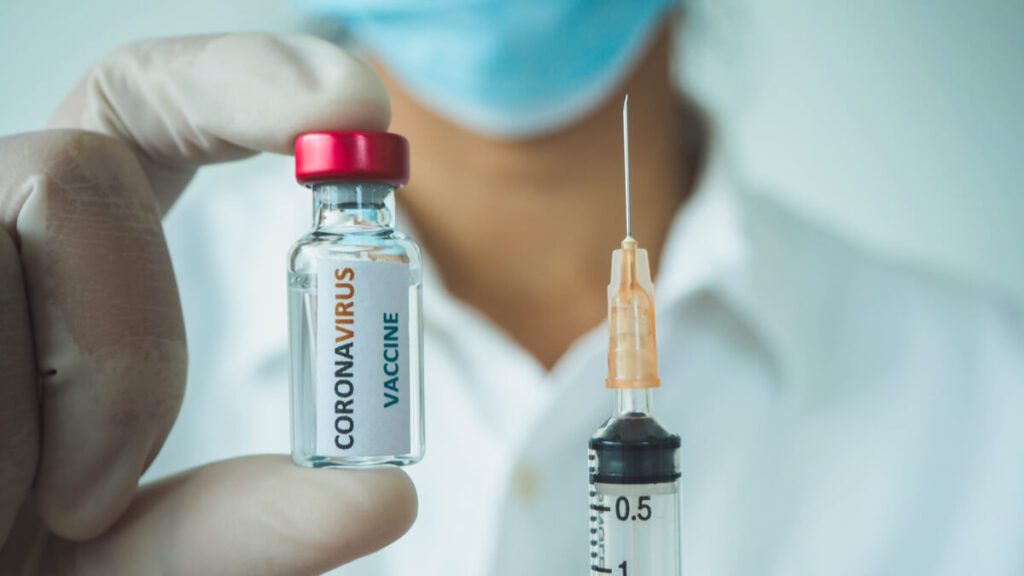
As most of us already know, creating a vaccine is only half the challenge of beating the pandemic. Getting 7 billion people vaccinated is a colossal undertaking, the scale of which has never been seen in history. How will the world manage and sustain COVID-19 vaccine deployment, and ensure equitable access to everyone?
It is not an easy task, and many people in positions of responsibility may have to make some difficult decisions. In short, we will not have enough vaccines for everyone by the end of this year, even if a particular vaccine candidate is deemed adequate.
In a document by the CDC published as a rough skeletal guideline, four categories of people were prioritized with newly produced or procured vaccine doses. This is to strategically use the scarce resources available to minimize the loss of life and maximize equity.
The document classified four categories of people that would receive the vaccine at different times according to a number of factors:
Category 1:
– High risk healthcare workers. First responders
– High risk older adults in congregate or crowded settings
Category 2:
Workers in critical industries and those living in an environment of high risk such as prison.
Category 3:
Young adults and children, and workers of essential industries that were not included in phase 2.
Category 4:
Everyone else.
In an Audio Interview “Guidelines for Covid-19 Vaccine Deployment”, Eric J. Rubin, M.D., Ph.D. concurred. “We do this in medicine all the time”, he said “in that we plan to treat everybody but those who get sicker are the ones who need the treatment first, while we are scaling up or making any assessment of deploying a treatment”.
This task becomes more difficult in areas were the data on who needs what is scarce. Numerous collectives and institutions however are finding ways to guide their communities using localized data tracking, remote monitoring and some forms of contact tracing. They will be able to identify where and how many people require vaccination, how many vaccines are available for the taking, when more is coming, etc.
Having a clear picture is essential for any major endeavor to succeed, and a type of “communal immunity” can be achieved, to break the back of community transmission” as Rubin put it.
The issue of Covid-19 Vaccine Deployment isn’t when the vaccine is coming, but “who gets it first”. The answer given by the CDC seems to be a good one, from the perspective of the scientist, who have accepted the reality that vaccine equity is no easy task, and hard decisions must be made.